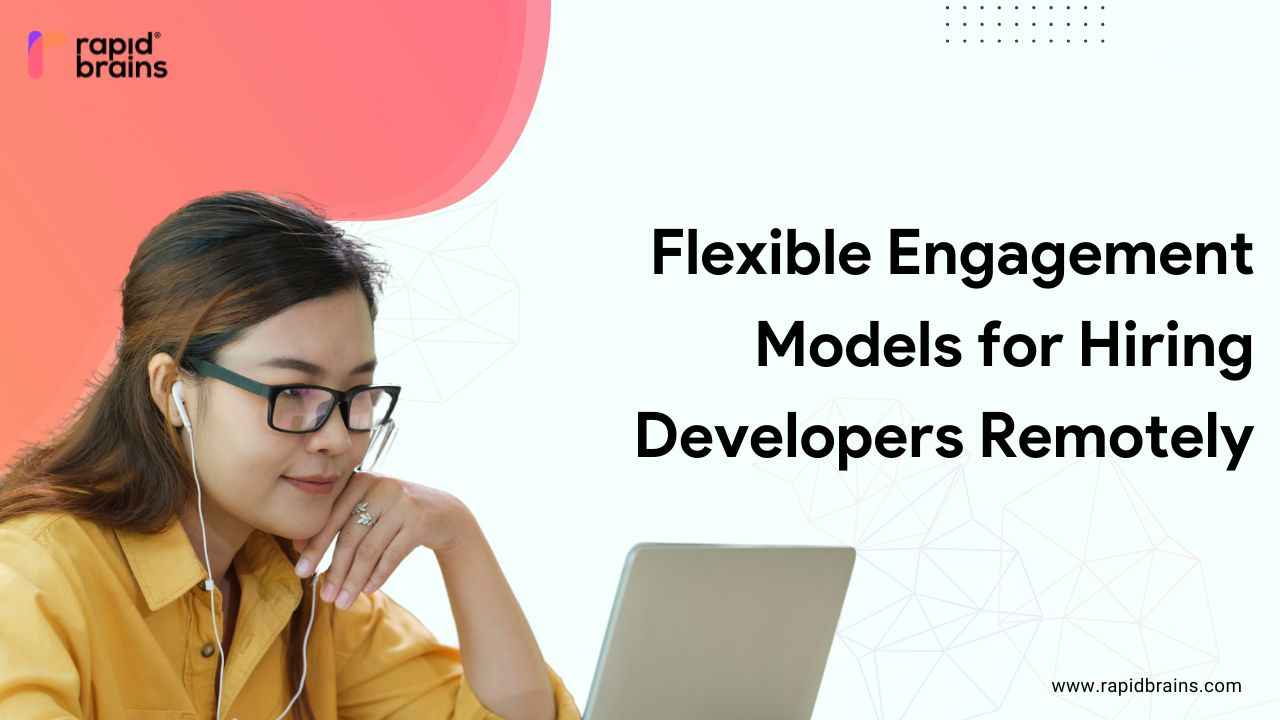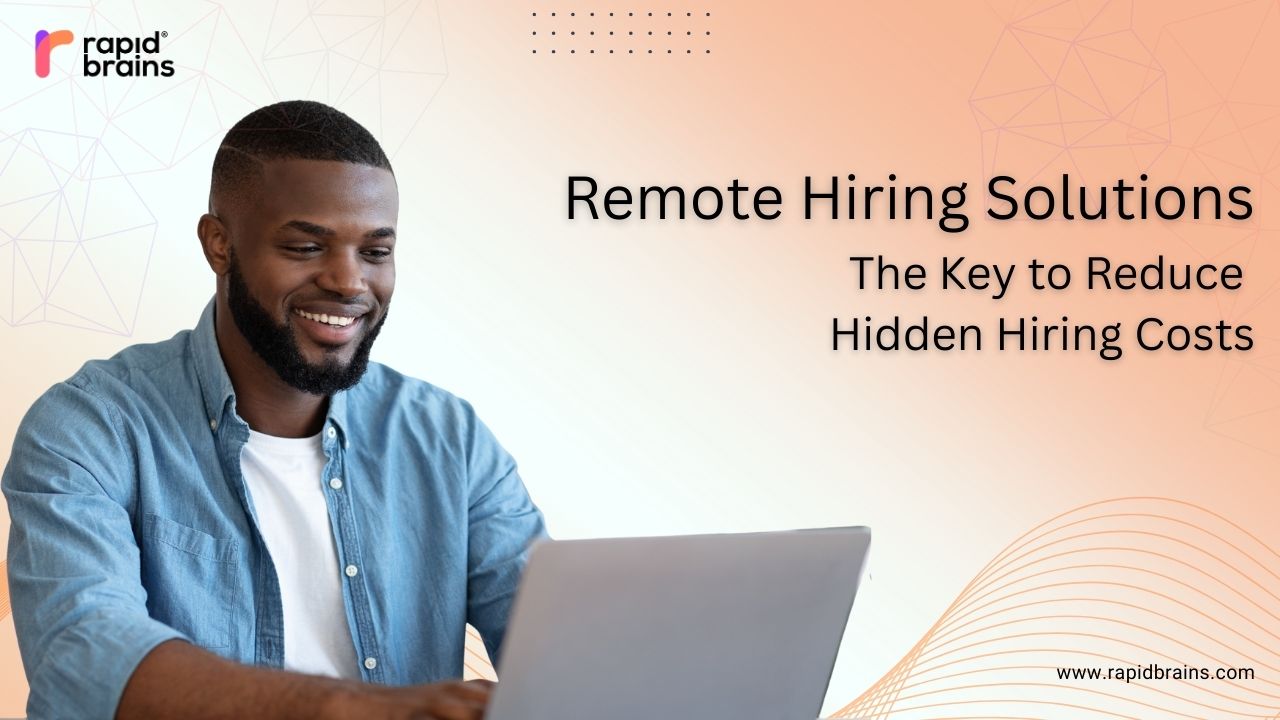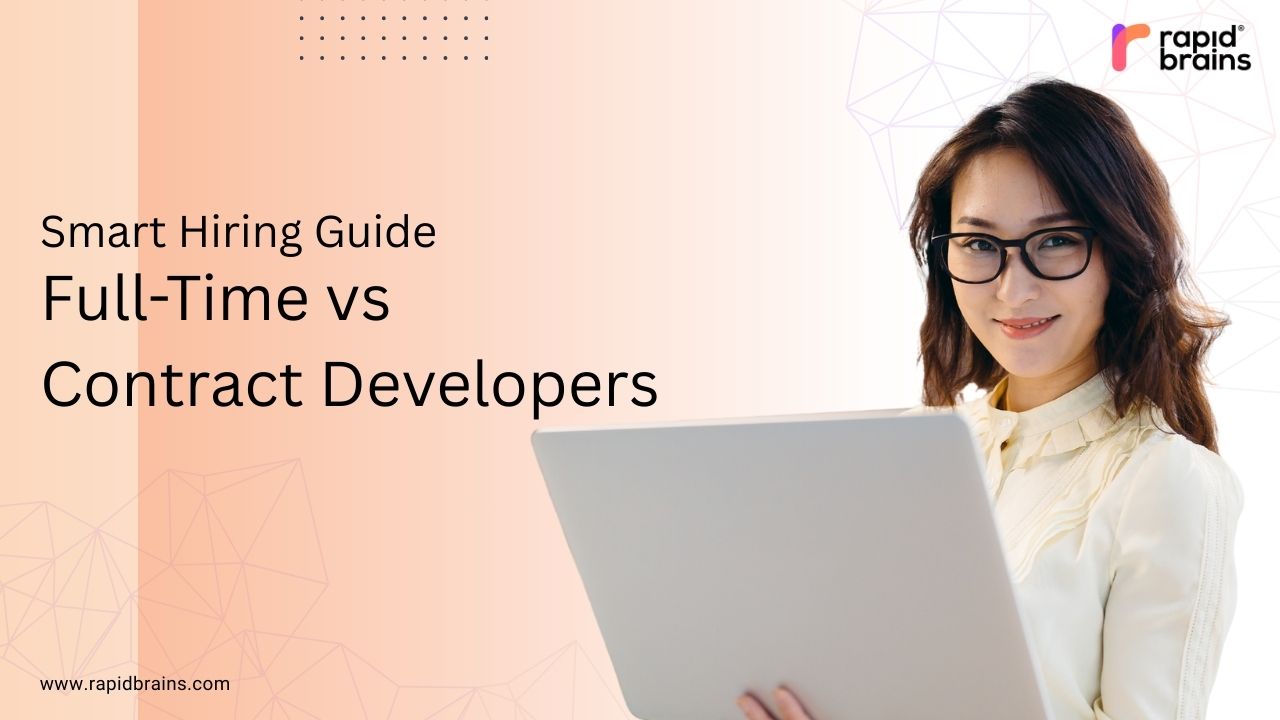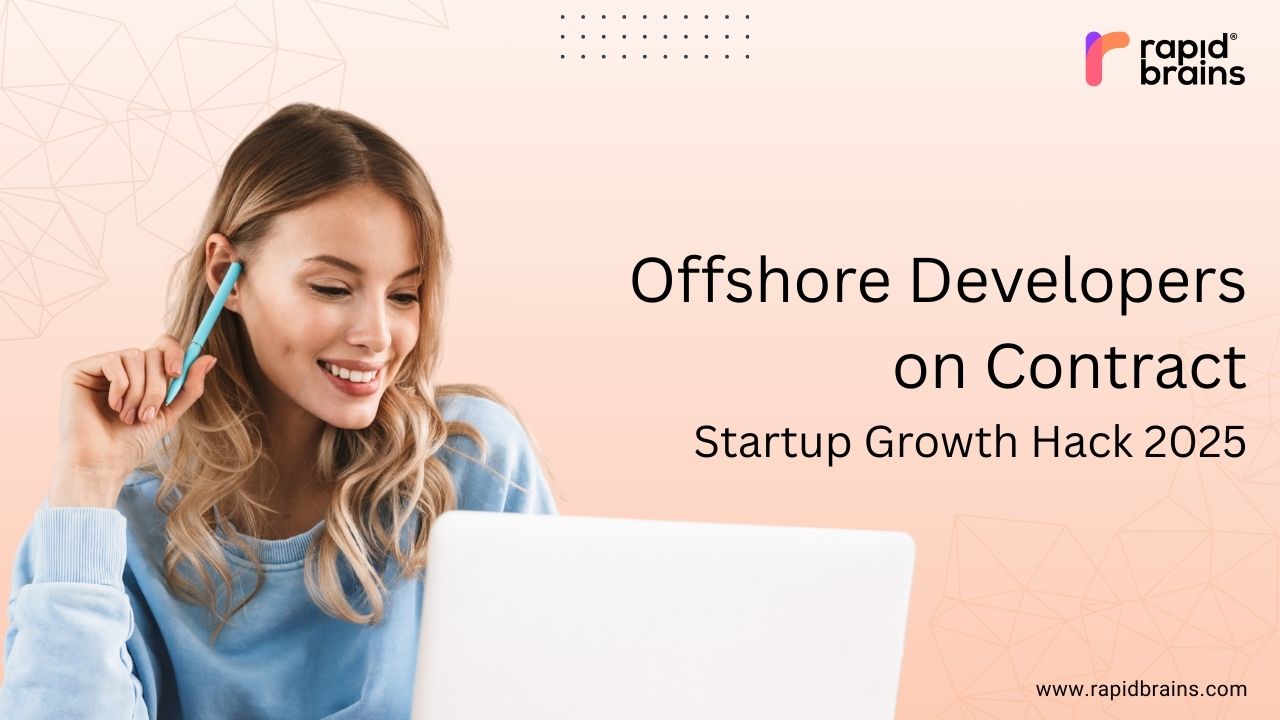
The worldwide migration to remote work has shifted the way firms find and manage talent—particularly in the tech industry. Firms are no longer restricted to employing developers in their city or even their country. Today, the global talent pool is their backyard. But remote hiring success rests on one single choice: selecting the proper engagement model.
From short-term projects to long-term partnerships, flexible engagement models give companies the agility to scale their teams, manage costs, and access niche expertise. In this blog, we’ll explore the most effective engagement models for hiring remote developers—and how to choose the right one for your business.
Why Flexible Engagement Models Matter
All development needs are not the same. A startup developing a product requires speed and cost-effectiveness, whereas an enterprise might require specialized expertise with long-term allegiance. That’s where flexibility becomes an important factor.
Opting for the right remote developer engagement model makes you acquire the right expertise, on the right terms, with the right degree of control.
1. Dedicated Development Team Model
The Dedicated Development Team model entails the hiring of a remote development team that only works on your project. They work as an extension of your in-house team, adhering to your workflows, tools, and timelines.
Advantages:
Complete control over processes and resources
Smooth communication and interaction
Increased retention and stable team performance
This model is best for businesses that are contemplating long-term development endeavors, ongoing iteration, or establishing a technology product gradually. It allows for profound domain expertise transfer and supports long-term collaboration with the team members.
2. Staff Augmentation Model
Staff Augmentation refers to hiring remote developers to augment your current team for particular roles or durations. The developers are under your supervision and become a part of your team’s day-to-day operations.
Advantages:
Quick access to seasoned developers
Increased flexibility in scaling up or down resources
Prevents long-term employment expenses
This model is best when you have in-house staff but want to fill skill gaps fast—front-end skills, cloud engineering, DevOps, or QA automation. It allows you to stay in control while providing bandwidth.
3. Time & Material (T&M) Model
In the Time and Material approach, you are charged for actual hours spent and materials consumed. This approach is particularly handy when project needs are likely to change while in development.
Advantages:
High flexibility for changed scopes
Open time recording and reporting
Cost-effective for iterative or agile development
T&M is well-suited for R&D projects, pilot runs, or when you’re still validating product-market fit. It allows ongoing feedback, experimentation, and prioritization without locking into a fixed budget prematurely.
4. Fixed-Price Model
The Fixed-Price model involves agreeing on a predetermined budget for a well-defined project scope. The service provider handles the project end-to-end within the agreed cost and timeline.
Benefits:
Predictable budget and delivery timelines
Minimal management required from your side
Ideal for small, independent projects
This model is ideal for companies with well-defined requirements and deliverables. It minimizes risk but requires initial clarity and planning. It might lack flexibility once it starts to develop.
5. Build-Operate-Transfer (BOT) Model
The Build-Operate-Transfer model is a long-term strategic model. A partner establishes and manages a remote development center, and after a given time, the ownership of the team or center is passed on to you.
Advantages:
Faster access to offshore markets with reduced risk
Seamless handover to your own operational management
Access to established pipelines and talent bases
BOT is adopted by organizations with international expansion aspirations without necessarily establishing their own offshore entities upfront. It integrates outsourcing and full ownership advantages into a single model.
Choosing the Best Engagement Model
The choice of the appropriate model hinges on a number of factors:
1. Project Scope
If the scope of your project is fixed, a Fixed-Price model might be suitable. For projects that change, T&M or Staff Augmentation is more flexible.
2. Duration
Extended development activities are best served by Dedicated Teams or BOT. For short, intense periods of effort, Staff Augmentation or Fixed-Price is more economical.
3. Resource Control
If you require complete control over developers’ processes, choose Dedicated Teams or Staff Augmentation. For externally delivered work, Fixed-Price or BOT models transfer the onus to the vendor.
4. Budget Flexibility
If your budget is predetermined, you require predictability—choose Fixed-Price. If your project is iterative or exploratory, T&M provides flexibility.
5. Strategic Goals
If you’re considering offshore expansion, BOT provides a strategic avenue. If you simply require accelerating delivery, Staff Augmentation or Dedicated Teams deliver quickly.
Mixing Engagement Models for Ultimate Flexibility
Today’s businesses are increasingly mixing engagement models to respond to changing requirements. For example:
Begin with Time & Material on discovery
Move to a Dedicated Team in development
Employ Staff Augmentation for testing and support
This blended approach maximizes cost control, flexibility, and speed of delivery in various stages of the project.
Advantages of Collaborating with a Remote Staffing Partner
Whichever model of engagement, collaborating with a trustworthy remote staffing solutions provider guarantees access to pre-screened, high-quality developers, speedy onboarding, and optimized processes.
- Seek partners who provide:
- Transparent pricing
- Clear SLAs and communication guidelines
- Flexibility to change models according to your evolving needs
- A proven history of assembling high-performing remote teams
Conclusion: Flexibility is the Future of Tech Hiring
As the technology scene gets more distributed and dynamic, flexible hiring models are no longer a nicety—they’re a necessity. Selecting the appropriate remote developer engagement model helps you remain agile, scalable, and innovation-centric without being weighed down by inflexible processes.Whether you’re a startup racing to bring a product to market or an enterprise expanding globally, selecting the proper model is key to hiring remote developers with confidence and precision. Platforms like RapidBrains help accelerate this journey by offering expert-vetted talent, flexible engagement options, and end-to-end support—ensuring you get the right team, at the right time, on your terms.




